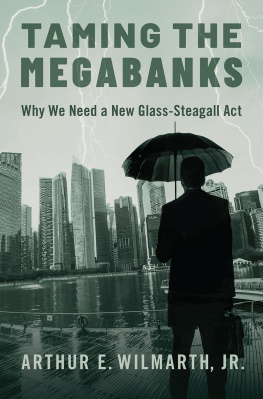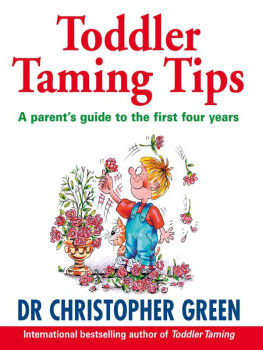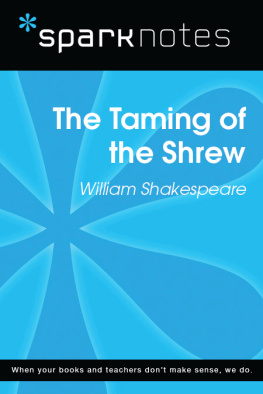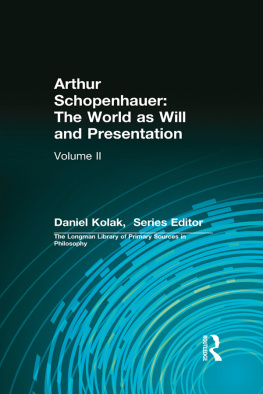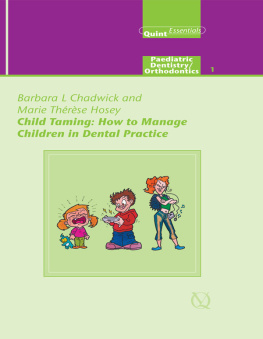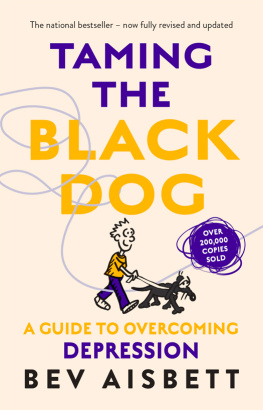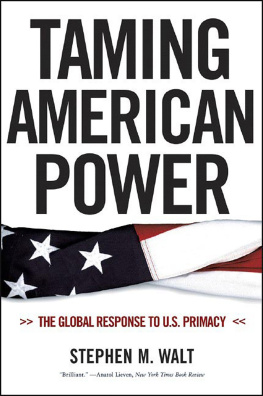Arthur E. Wilmarth Jr. - Taming the Megabanks
Here you can read online Arthur E. Wilmarth Jr. - Taming the Megabanks full text of the book (entire story) in english for free. Download pdf and epub, get meaning, cover and reviews about this ebook. year: 2020, genre: Science. Description of the work, (preface) as well as reviews are available. Best literature library LitArk.com created for fans of good reading and offers a wide selection of genres:
Romance novel
Science fiction
Adventure
Detective
Science
History
Home and family
Prose
Art
Politics
Computer
Non-fiction
Religion
Business
Children
Humor
Choose a favorite category and find really read worthwhile books. Enjoy immersion in the world of imagination, feel the emotions of the characters or learn something new for yourself, make an fascinating discovery.
- Book:Taming the Megabanks
- Author:
- Genre:
- Year:2020
- Rating:4 / 5
- Favourites:Add to favourites
- Your mark:
- 80
- 1
- 2
- 3
- 4
- 5
Taming the Megabanks: summary, description and annotation
We offer to read an annotation, description, summary or preface (depends on what the author of the book "Taming the Megabanks" wrote himself). If you haven't found the necessary information about the book — write in the comments, we will try to find it.
Taming the Megabanks — read online for free the complete book (whole text) full work
Below is the text of the book, divided by pages. System saving the place of the last page read, allows you to conveniently read the book "Taming the Megabanks" online for free, without having to search again every time where you left off. Put a bookmark, and you can go to the page where you finished reading at any time.
Font size:
Interval:
Bookmark:


Oxford University Press is a department of the University of Oxford. It furthers the Universitys objective of excellence in research, scholarship, and education by publishing worldwide. Oxford is a registered trade mark of Oxford University Press in the UK and certain other countries.
Published in the United States of America by Oxford University Press
198 Madison Avenue, New York, NY 10016, United States of America.
Oxford University Press 2020
All rights reserved. No part of this publication may be reproduced, stored in a retrieval system, or transmitted, in any form or by any means, without the prior permission in writing of Oxford University Press, or as expressly permitted by law, by license, or under terms agreed with the appropriate reproduction rights organization. Inquiries concerning reproduction outside the scope of the above should be sent to the Rights Department, Oxford University Press, at the address above.
You must not circulate this work in any other form and you must impose this same condition on any acquirer.
Library of Congress Cataloging-in-Publication Data
Names: Wilmarth, Arthur E., 1951 author.
Title: Taming the megabanks : why we we need a new Glass-Steagall Act /
Arthur E. Wilmarth, Jr.
Description: New York : Oxford University Press, 2020. |
Includes bibliographical references and index.
Identifiers: LCCN 2020007759 (print) | LCCN 2020007760 (ebook) |
ISBN 9780190260705 (hardback) | ISBN 9780190260729 (epub)
Subjects: LCSH: Universal banks. | Banks and banking, International. |
Banking law. | Securities. | Organizational change.
Classification: LCC HG1601 .W465 2020 (print) |
LCC HG1601 (ebook) | DDC 332.1dc23
LC record available at https://lccn.loc.gov/2020007759
LC ebook record available at https://lccn.loc.gov/2020007760
) struck down a federal agencys attempt to open a loophole in the Glass-Steagall Act. The Supreme Courts detailed analysis of Glass-Steagalls historical background and underlying purposes made a great deal of sense to me. I concluded that the big banks campaign to repeal Glass-Steagall was contrary to prudent banking standards and sound economic policies. My study of the financial industry and its regulation over the past four decades has affirmed and strengthened that conclusion.
I am deeply indebted to many people who generously supported and encouraged my work on this book. The following friends and colleagues read substantial portions of the manuscript and provided very helpful comments: Lawrence Baxter, Bill Black, Brooks Bowen, Naomi Cahn, June Carbone, Don Clarke, Ryan Clements, Peter Conti-Brown, John Crawford, Mark Extein, Erik Gerding, Bruce Grohsgal, Tom Hoenig, Kate Judge, Dennis Kelleher, Jeremy Kress, Paul Mahoney, Lev Menand, Jeremy Pam, Chris Peterson, Morgan Ricks, Dick Ruffin, David Schroeder, Sunil Sharma, Ganesh Sitaraman, Marcus Stanley, John Sturc, Jennifer Taub, Andrew Tuch, Tom Weil, and Bob Wingert. I received highly valuable feedback from participants in conferences and workshops at the Law Schools of George Washington, Tulane, and Vanderbilt Universities and the Association of American Law Schools, as well as my students in a reading group course that reviewed the manuscript. Pat McCoy, Bob Tuttle, and two anonymous reviewers very generously read the final manuscript and shared wonderful insights that helped me to improve the clarity, organization, and persuasiveness of the book.
Morgan Ricks (and his book The Money Problem) provided the intellectual foundation for this books proposal to prohibit nonbanks from issuing short-term financial claims that function as deposit substitutes (shadow deposits). That proposalwhich would fulfill the original purpose of Section 21 of the Glass-Steagall Actwould greatly shrink the shadow banking system and prevent nonbanks from gaining unfair competitive advantages over regulated banks. It would also enable the Federal Reserve System to regain effective control over our nations monetary policy, as explained in the Conclusion.
GW Law School generously provided summer research grants that supported my work on this book. Germaine Leahy, the Head of Reference for the Jacob Burns Law Library, provided outstanding research assistance. I also received excellent help from my student research assistants over the past three decades. Their assistance is acknowledged individually in my articles included in the list of references. I am deeply grateful to my editors at Oxford University PressJames Cook, Macey Fairchild, and Scott Parrisfor their many contributions to the book. I am very thankful to Narayanan Srinivisan, the project manager for this book, and Susan Warga, the copy editor, whose skill and diligence corrected a number of technical errors in the manuscript.
I owe a very special debt of gratitude to my wife, Ellen, and my daughter, Megan, for their love, support, and encouragement. This book is dedicated to themand also to the memory of my parents, who instilled in me a love of learning, provided me a wonderful education, and showed me what it means to live a life of love, integrity, and service to others.
Unless otherwise indicated, this book includes developments through January 31, 2020. Most of the statistics in the book are presented on a nominal (non-inflation-adjusted) basis. It is not an easy matter to determine how inflation should be measured for statistics related to banks and financial markets. If inflation is based simply on the rise in the Consumer Price Index, $1 in 1930 would be equal to about $2.20 in 1970, $5 in 1980, $8 in 1990, $10 in 2000, $13 in 2010, and $15 in 2019.
The results are very different if one considers the growth of total U.S. private sector and public sector debts as a more realistic measure of inflation in U.S. financial markets. That approach seems plausible, as most private and public debts are funded through financial intermediaries. I therefore believe that the growth of domestic private and public debts provides a reasonably good proxy for inflation in U.S. financial markets. Under that approach, $1 in 1930 would be equal to about $8.60 in 1970, $25 in 1980, $75 in 1990, $150 in 2000, $290 in 2010, and $390 in 2019. In my view, those figures provide a more accurate reflection of the stunningand many would say disturbinggrowth of the U.S. financial industry during the past four decades.
Those who cannot remember the past are condemned to repeat it.
George Santayana
This book demonstrates that universal banks played leading roles in causing the financial crises that led to the Great Depression and the Great Recession. Universal banks are large financial conglomerates that engage in a broad range of businesses.
As described in , universal banks emerged in the U.S. during the late nineteenth century. Large commercial banks took advantage of new opportunities to expand into securities underwriting and tradingbusinesses that were previously controlled by private investment banks (securities firms). Several leading commercial banks formed universal banking organizations and became important participants in U.S. securities markets by 1910. Universal banks were highly successful in selling war bonds during World War I, and they greatly expanded their securities activities after the war.
During the 1920s, as explained in , universal banks competed aggressively with private investment banks in arranging risky domestic and foreign loans. Universal and investment banks packaged those loans into bonds, which they sold to investors in America and around the world. Universal and investment banks also competed in underwriting and selling speculative stocks to American and overseas investors. The intense rivalry between universal and investment banks during the 1920s produced an unsustainable credit boom and a hazardous stock market bubble.
Font size:
Interval:
Bookmark:
Similar books «Taming the Megabanks»
Look at similar books to Taming the Megabanks. We have selected literature similar in name and meaning in the hope of providing readers with more options to find new, interesting, not yet read works.
Discussion, reviews of the book Taming the Megabanks and just readers' own opinions. Leave your comments, write what you think about the work, its meaning or the main characters. Specify what exactly you liked and what you didn't like, and why you think so.

